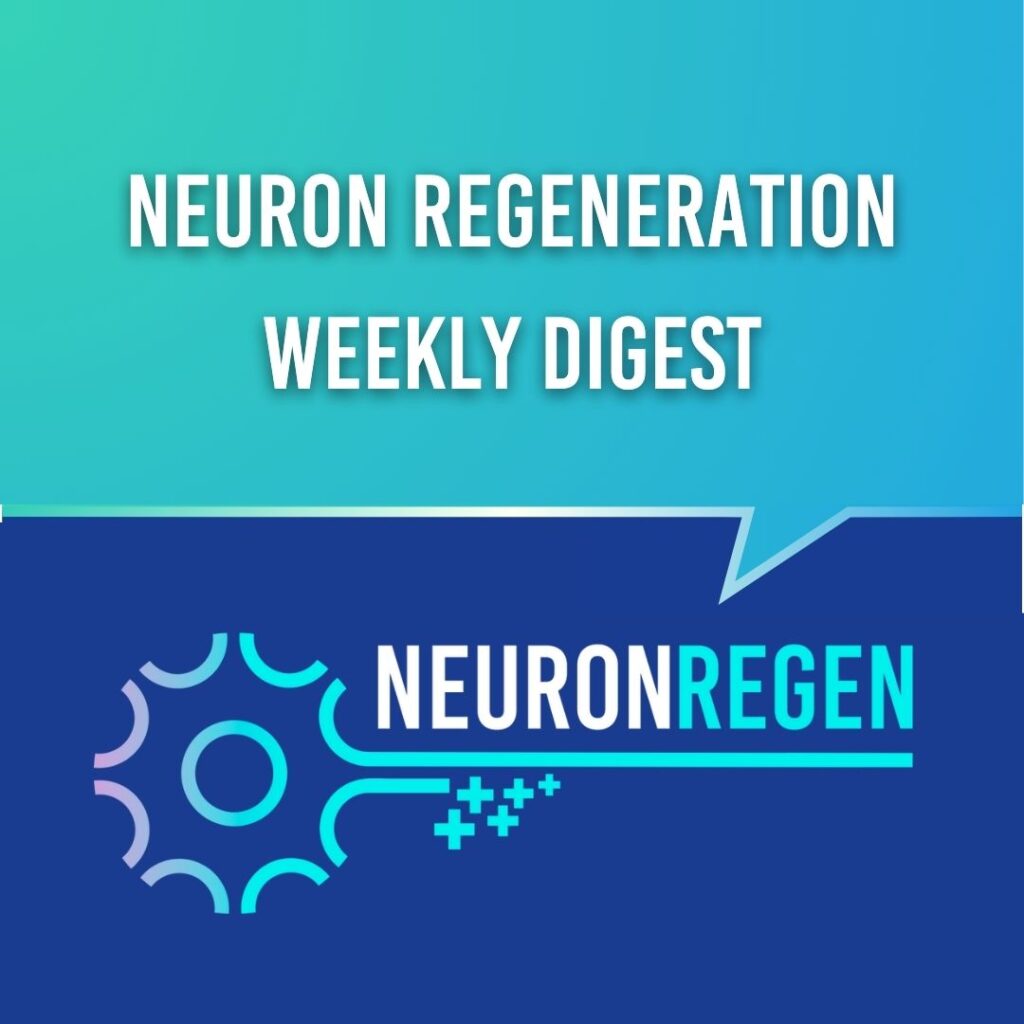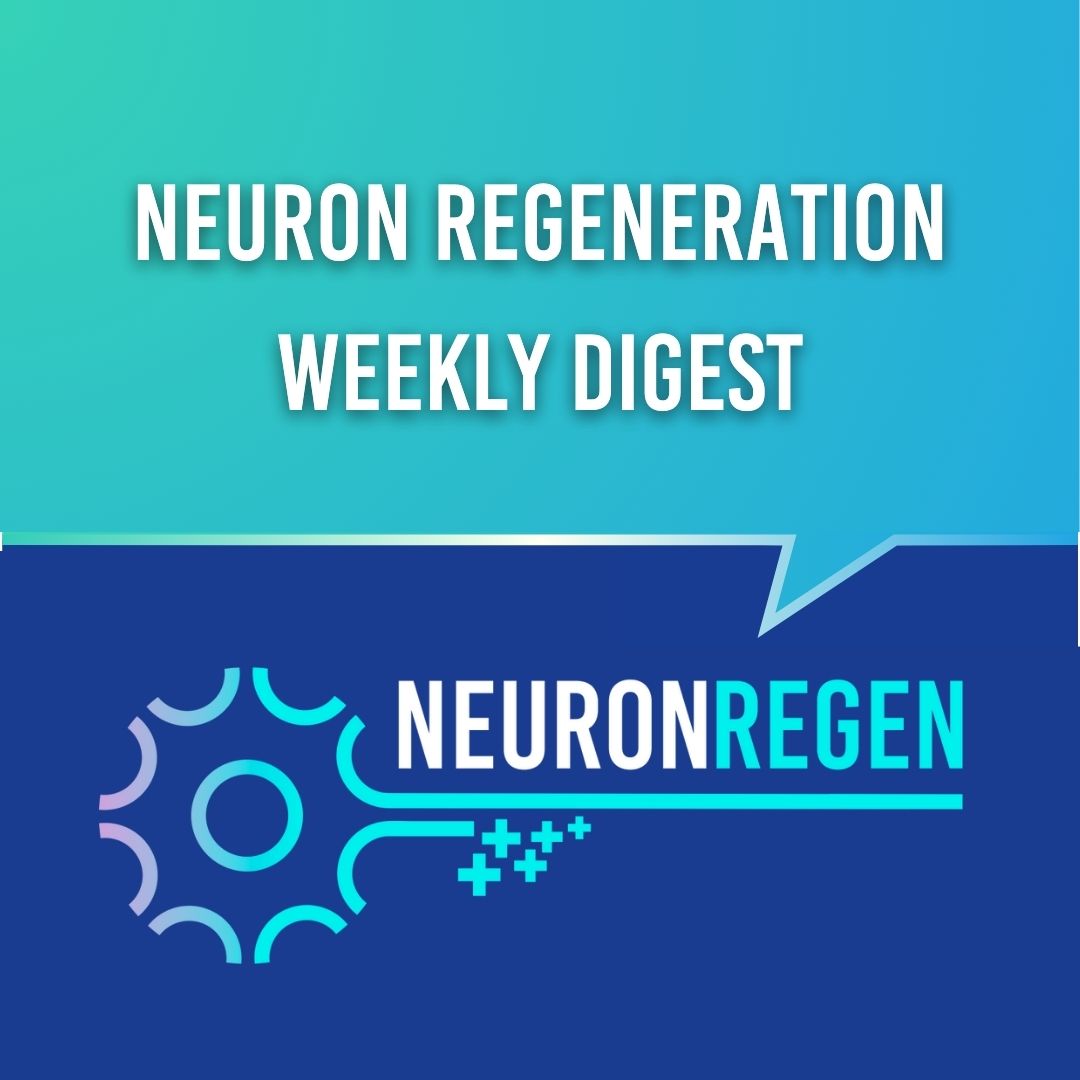The nervous system’s remarkable ability to adapt and recover is matched only by its vulnerability to injury and disease. This delicate balance has driven researchers to explore innovative approaches to repairing and regenerating damaged neural tissue. Recent discoveries in neuroregeneration science have unveiled key pathways influencing neural repair, inflammation, and cellular recovery, opening doors to new therapies for conditions such as spinal cord injury and stroke.
The studies highlighted below explore cutting-edge strategies—including light therapy, acupuncture-stem cell synergy, and advanced biomaterials—that are reshaping the landscape of neurotrauma and regenerative medicine.

1. Evaluation of transcriptomic changes after photobiomodulation in spinal cord injury
Photobiomodulation (PBM) shows promise in spinal cord injury recovery by activating neuroregenerative pathways and reducing apoptosis. Transcriptomic analysis reveals significant changes in gene expression, including enhanced neurite growth and modulated mitochondrial function. These findings highlight PBM’s therapeutic potential in neurotrauma care.
2. Advancements in the treatment of cerebral ischemia-reperfusion injury: Acupuncture combined with mesenchymal stem cells transplantation
Emerging research highlights the synergy between acupuncture and mesenchymal stem cell (MSC) transplantation in treating cerebral ischemia-reperfusion injury. This combination therapy enhances neural repair by promoting angiogenesis, reducing inflammation, and improving MSC survival and differentiation. It represents a promising direction for advancing stroke rehabilitation and recovery.
3. Hydrogel loaded with cerium-manganese nanoparticles and nerve growth factor enhances spinal cord injury repair by modulating immune microenvironment and promoting neuronal regeneration
Researchers have developed a groundbreaking composite hydrogel combining enzymatic nanoparticles and nerve growth factor (NGF) to improve spinal cord injury (SCI) repair. The material reduces inflammation, eliminates harmful reactive oxygen species, promotes M2 macrophage polarization, and supports nerve regeneration. In SCI rat models, it significantly improved motor function, offering new hope for effective SCI treatments.
If you’d like to stay informed of the latest publications and breakthroughs in neuron regeneration, join our email newsletter to the right (or below on mobile). We send out weekly updates with the latest papers and studies, as well as podcast episodes with the people driving Neuroregenerative breakthroughs.

